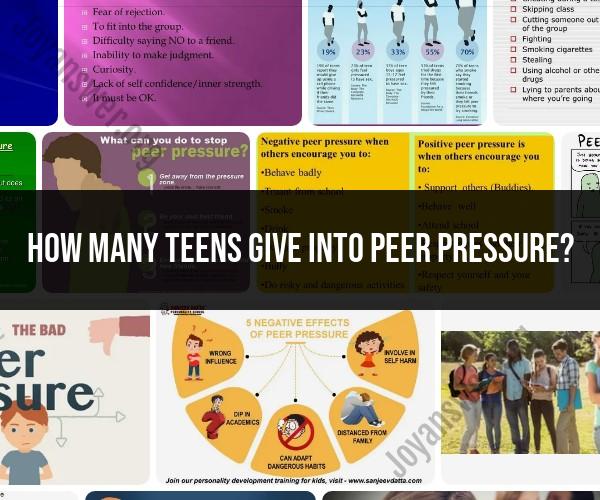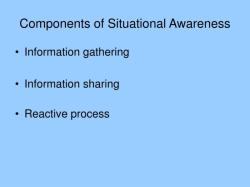How many teens give into peer pressure?
The extent to which teenagers give in to peer pressure can vary widely from one individual to another and depend on numerous factors, including the specific context and the nature of the pressure. It's challenging to provide an exact percentage or statistic that universally represents how many teens give in to peer pressure because the degree of susceptibility can differ significantly among adolescents.
Peer pressure can take various forms, from relatively harmless social influence to more serious situations involving risky behaviors. Some teenagers may resist peer pressure effectively, while others may yield to it in specific circumstances. Here are some insights into the topic:
Context Matters: The degree of peer pressure and whether teens give in to it often depends on the situation. For instance, a study might find that a certain percentage of teens have tried alcohol due to peer pressure, while a different percentage may have engaged in academic cheating because of peer pressure.
Varied Responses: Teens have different personalities, values, and coping strategies, which influence their responses to peer pressure. Some may be more resilient and assertive in resisting negative influences, while others may be more susceptible.
Developmental Stage: Adolescents are in a stage of development characterized by exploration and identity formation. During this time, they may be more open to trying new things and conforming to peer norms as they navigate their social world.
Positive Peer Pressure: It's essential to recognize that not all peer pressure is negative. Positive peer pressure can encourage teenagers to engage in healthy behaviors, such as participating in extracurricular activities, volunteering, or focusing on academics.
Surveys and Studies: Researchers conduct surveys and studies to understand the prevalence and nature of peer pressure among teenagers. These studies often provide valuable insights into specific behaviors influenced by peer pressure, but the results can vary.
Parental and School Influence: Parenting styles, school environments, and community factors also play significant roles in shaping how teens respond to peer pressure. Strong family support and positive school climates can help adolescents resist negative influences.
In summary, the extent to which teenagers give in to peer pressure is complex and influenced by numerous factors. While some statistics and studies offer insights into specific behaviors influenced by peer pressure, there is no single universal percentage that accurately represents all teens' responses to peer pressure. Promoting open communication, resilience, and decision-making skills in teenagers can help them make informed and independent choices in the face of peer pressure.












